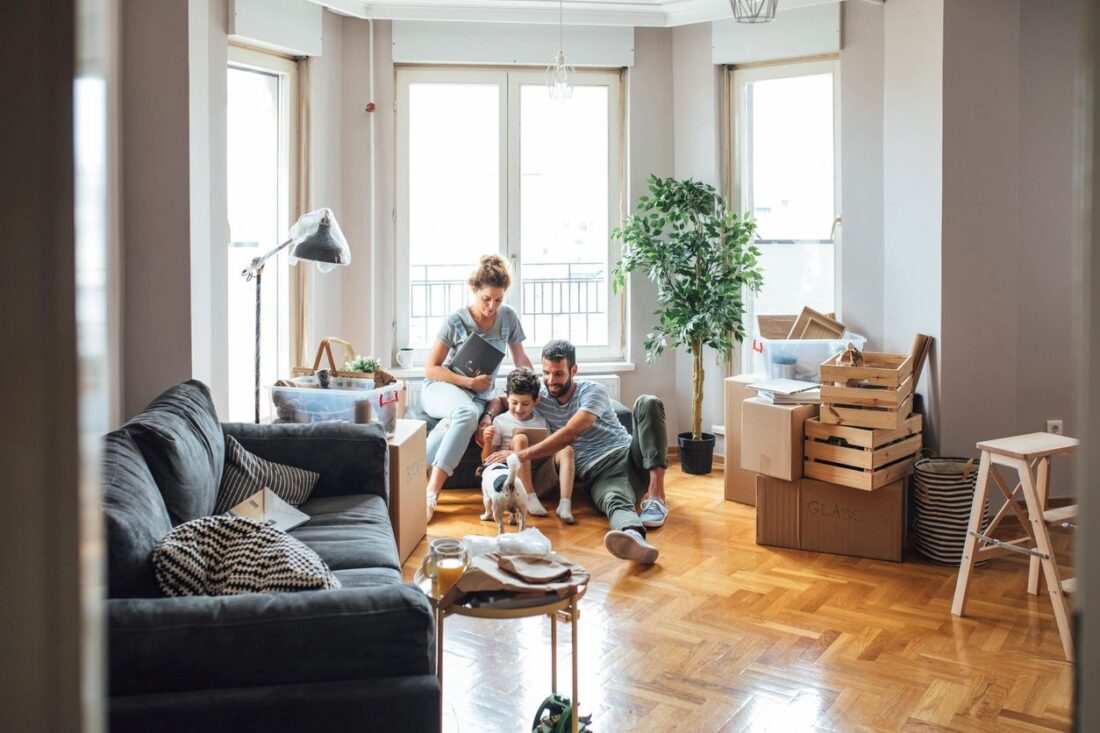Interior Design: The Intersection of Positive Psychology and User Experience
As a lifelong design enthusiast, one theme continues to captivate me: the profound impact that space has on our mood and behaviour. This intrigue has been shaped by the intertwining of two compelling trends – positive psychology and user experience (UX) design.
Positive psychology is a relatively new perspective that veers away from the traditional approach of merely alleviating mental distress. Instead, it focuses on the essential question: What makes people genuinely happy? Much of our emotions stem from our interaction with our surroundings. Thus, how should we design these environments to foster positive experiences, ones that ignite joy and contentment?
In parallel, we see the rise of UX design, a concept born in the digital realm. This principle emerged from the realization that an application’s functionality wasn’t enough; it needed to be intuitive and user-friendly. Why have a cutting-edge app or high-tech device if it requires a manual as thick as a dictionary to operate? Understanding the user’s perspective and designing accessible digital products led to a noticeable upturn in sales for many tech companies.
When we can appreciate digital interfaces as ‘fun’ and ‘intuitive’, and we understand how design influences our enjoyment with digital products, why shouldn’t we apply this to our built environment?
For far too long, our focus in the realm of physical spaces has been largely on functionality and safety. We’ve made sure the room is ergonomic and leakproof, but we’ve overlooked a crucial aspect: the user’s experience. How do people feel within these constructed spaces? What kind of experiences do they elicit?
Much like the ethos of positive psychology, we need to transcend the mindset of merely fixing what’s wrong. The question isn’t just about how to prevent us from stumbling over awkward corners, it’s about whether we’re creating spaces that enhance joy, promote connectivity, boost productivity, and inspire individuals to be their best selves.





